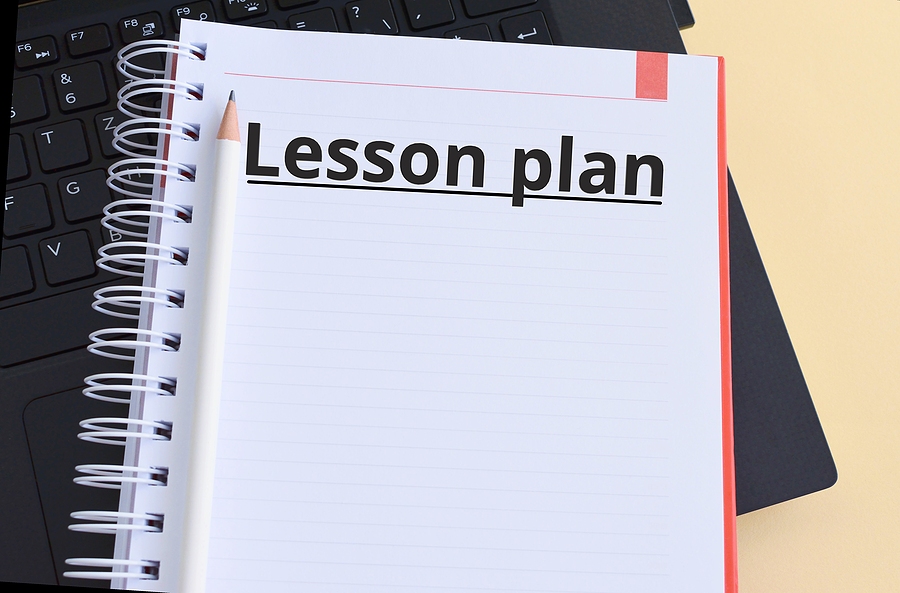Advantages of Bigger Class sizes
Most public schools globally have larger class sizes than private schools. This is due to the fact that accommodating larger groups of students lowers the cost of building extra classrooms, buying extra equipment and hiring more teachers. On the other hand, it is often argued that children from diverse backgrounds bring different perspectives and experiences to the classroom, making for a varied learning environment.
Continue reading




